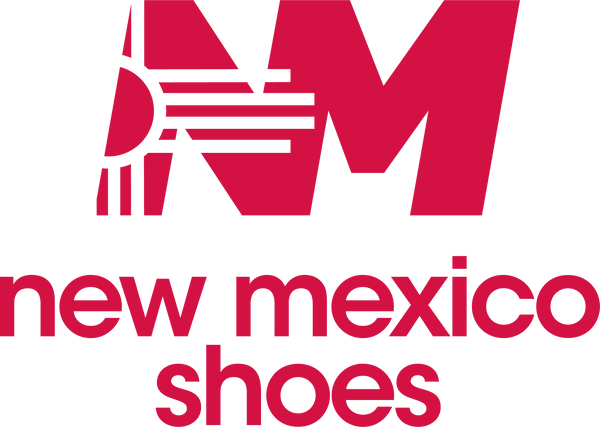Posted on June 26 2020

The United States has the largest footwear market globally, earning approximately $79.86 billion in revenue in 2017. With many players coming in to tap into the flooded market, it may be difficult to choose the right running sneaker. The selection process takes a turn for the worse with a long and fiery debate on maximalist versus minimalist running shoes.
In 2010, Hoka One One released their original Mafate running shoe with a more cushioned midsole. The new entrant came in against the backdrop of a minimalist shoe storm. They were at their peak, popularized by Christopher McDougall's Bestseller 'Born to Run.'
Later on, larger and more popular brands such as New Balance, Altra, Vasque, and Brooks (to name a few) joined the race to produce the cushioned, pillowy shoes.
Here's a look at each one of the two:
Maximalist Running Shoe
Big cushiony midsoles with wide edges characterize these running sneakers. The light materials used to make the extra cushion provides more shock absorption and less impact on the feet. Most shoes are designed with a low 'heel-to-toe' drop encouraging a mid-foot strike. Shoe stores stocking the maximalist pairs found the extra wide shoes were popular among ultra-runners and road runners.
Contrary to popular belief, maximalist running shoes are not polar opposite to minimalist shoe types. They have similar functions, construction, and intentions as minimalist pairs.
The thicker cushioning provides reduced force impact on your metatarsophalangeal joints. However, a study published in the International
Journal of Exercise Science shows increased loading on the feet while using maximalist running shoes. It means your foot hits the ground harder with a
hard heel strike.
Pros:
- Additional shock absorption with the extra midsole cushioning.
- Reduced force on metatarsophalangeal joints.
- Some proponents point out decreased quadriceps fatigue with reduced strain on knees and hips.
- Have a harder heel strike. It's important to note there is no conclusive evidence that it leads to increased accidents.
- There is limited research on its benefits and drawbacks
Minimalist Running Shoes
Minimalist running shoes offer a natural feel of the road, especially the barely cushioned models.
These running sneakers have a low stack with a smaller heel drop. Most pairs are zero-drop shoes. The shoes are lighter with high flexibility offering a more natural running form.
Proponents of minimalist and bare running shoes are mostly mid-foot strikers, which reduce the loading on the knees. However, the shoes demand greater foot and ankle strength that may cause a strain when changing from other shoe types. The minimalist pairs offer a more efficient running form, which takes up less energy due to the lightweight nature of the shoes.
Pros:
- Landing a mid-foot strike reduces strain on your knees and hips
- Offers a more natural feel of the road when running.
Cons:
- The transition from other shoe types may be difficult with a higher risk of injury.
- Your heel and feet may become overstressed with less shock absorption.
Which Is the Best Pair of Running Shoes for You?
There is no 'perfect' shoe for any runner. Shoes don't do the running, you do. Your comfort and feel of the shoe should come first above all else. The right pair of shoes offers flexibility, functionality, and support. If unsure, consult your podiatrist. They'll help you understand your feet's gait. After that, you can choose what to order online.

0 comments